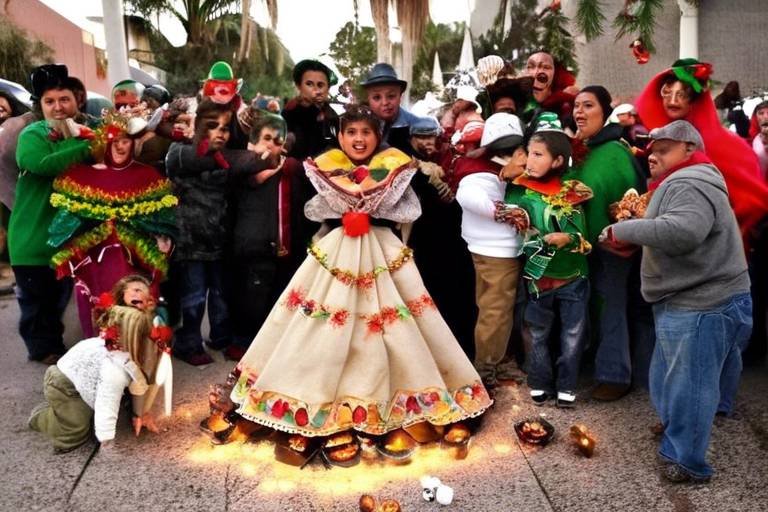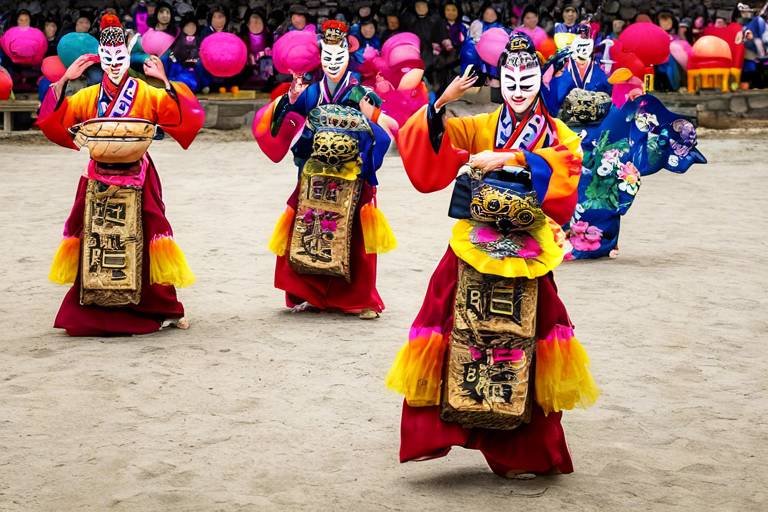Japan's Shichi-Go-San - Celebrating the Children
Japan's Shichi-Go-San, a cherished tradition that honors the growth and well-being of children, is a time-honored celebration deeply rooted in Japanese culture. This annual event, which translates to "Seven-Five-Three" in English, is a joyous occasion filled with rituals, ceremonies, and festivities that hold great significance for families across Japan.

Origin and Meaning of Shichi-Go-San
Origin and Meaning of Shichi-Go-San: Shichi-Go-San, a traditional Japanese celebration, holds deep cultural significance as a rite of passage for children. The name itself, when translated, means "Seven-Five-Three," representing the ages that are commemorated during this special occasion. Originating in the Heian period (794-1185), Shichi-Go-San was initially observed by the aristocracy before spreading to the general population, becoming an integral part of Japanese culture.
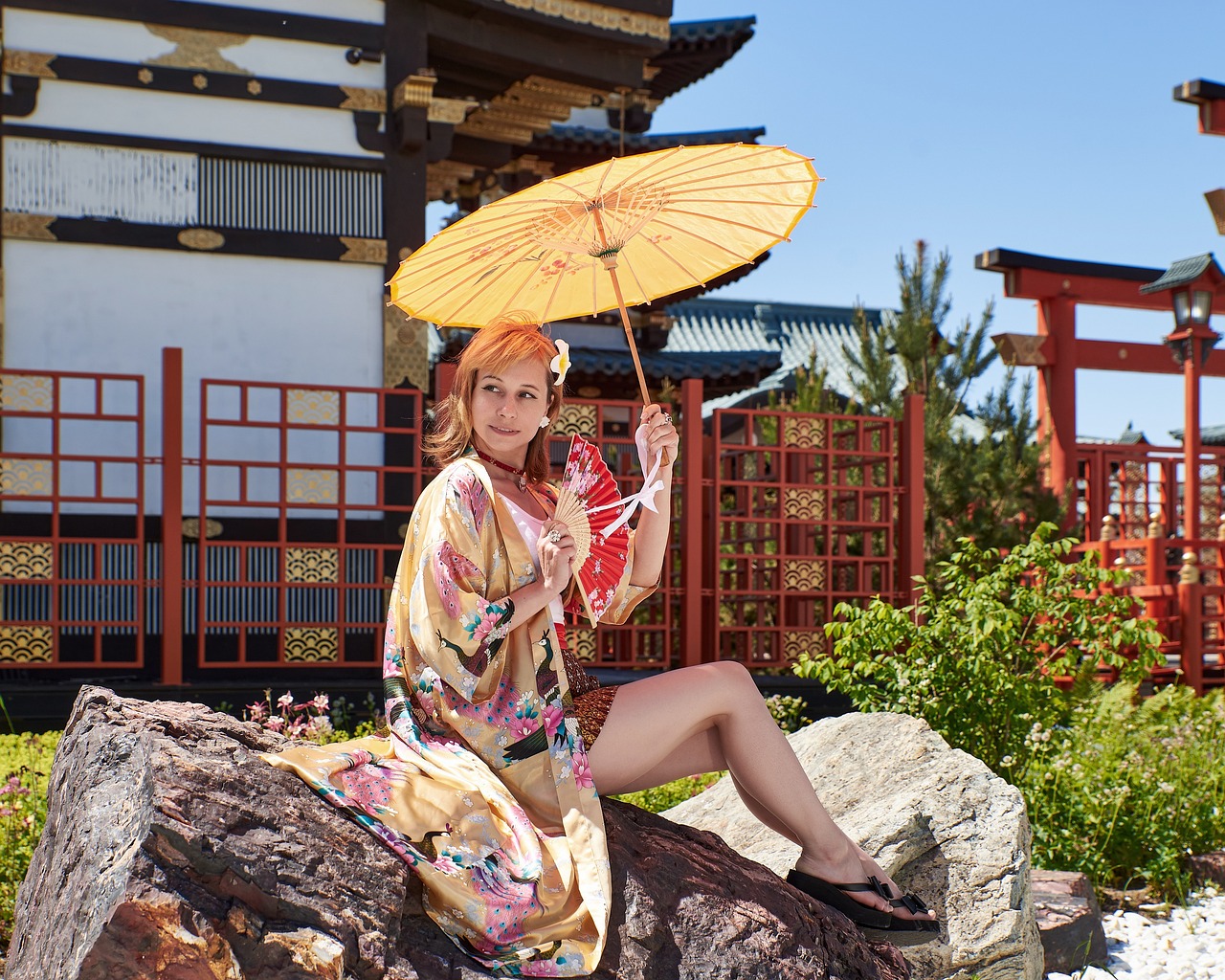
Traditional Attire and Accessories
When it comes to the traditional Japanese festival of Shichi-Go-San, one of the most captivating aspects is the worn by the children. This attire holds deep cultural significance and plays a crucial role in the celebration of this special occasion.
During Shichi-Go-San, girls typically wear colorful kimonos with intricate designs and patterns. These kimonos are often adorned with obi belts and hair ornaments that add a touch of elegance and charm to their appearance. On the other hand, boys don hakama, which are traditional Japanese trousers, along with haori jackets and tabi socks.
Accessories such as zori sandals and geta shoes complete the traditional attire, adding a sense of authenticity and cultural richness to the children's outfits. The meticulous attention to detail in the attire reflects the importance of this milestone in a child's life.
Parents take great care in selecting the perfect ensemble for their children, often opting for custom-made kimonos and accessories to ensure that every detail is just right. The process of dressing up for Shichi-Go-San is not just about wearing beautiful clothes but also about honoring tradition and heritage.

Ceremonies and Rituals
When it comes to Shichi-Go-San, the ceremonies and rituals play a crucial role in marking the growth and development of children in Japanese culture. These traditional practices are deeply rooted in history and hold significant cultural importance.
One of the main ceremonies during Shichi-Go-San is the visit to shrines and temples, where prayers are offered for the health and prosperity of the children. This ritual symbolizes a moment of reflection and gratitude for the blessings received and the hopes for a bright future.
Additionally, children often participate in a ritual called Chitose-ame, where they receive long, thin sticks of candy symbolizing longevity and prosperity. This sweet treat is believed to bring good luck and a prosperous life ahead.
Another important aspect of the ceremonies is the traditional attire worn by the children. The boys don hakama (a type of traditional Japanese clothing) while the girls wear furisode (long-sleeved kimono). These outfits symbolize the transition from childhood to adulthood and are worn with pride during the festivities.
Family plays a central role in these ceremonies, as parents and relatives gather to celebrate the children's growth and achievements. It is a time of joy and togetherness, where the bonds of family are strengthened through shared traditions and rituals.
Throughout the ceremonies, the children are encouraged to show respect and gratitude towards their elders, embodying the values of filial piety and humility. These teachings are passed down through generations, forming the foundation of Japanese cultural identity.

Visits to Shrines and Temples
Japan's Shichi-Go-San festival is a traditional celebration that holds a special place in Japanese culture, marking the growth and well-being of children. This article delves into the rich history and vibrant customs surrounding this joyous occasion.
One of the most significant aspects of Shichi-Go-San is the tradition of visiting shrines and temples. Families dress their children in elegant kimonos and visit these sacred places to pray for their children's health, happiness, and prosperity. It is a time of reflection and gratitude, as parents express their wishes for their children's future.
During these visits, children receive blessings from priests, who perform rituals to ensure their well-being and success. The serene atmosphere of the shrines and temples adds a spiritual dimension to the festivities, creating a sense of reverence and connection to tradition.
These visits also serve as a way for families to bond and create lasting memories together. The picturesque settings of the shrines and temples provide a backdrop for capturing precious moments through photography, immortalizing the essence of Shichi-Go-San for generations to come.

Regional Variations
When it comes to celebrating Shichi-Go-San, the traditions and customs can vary significantly across different regions of Japan. Each area puts its unique spin on the festivities, adding local flavors and practices to this cherished event. From the attire worn by the children to the specific rituals observed, regional variations play a significant role in shaping the overall experience of Shichi-Go-San.
In some regions, such as Kyoto, the emphasis on traditional attire is particularly pronounced. Children don intricately designed kimonos, often featuring intricate patterns and vibrant colors that are specific to the area. Accessories like ornate obi belts and decorative hairpieces further enhance the cultural significance of the attire, reflecting the rich heritage of the region.
Additionally, the ceremonies and rituals associated with Shichi-Go-San can also differ based on where the celebration takes place. Certain regions may place greater importance on specific rituals, incorporating local customs and beliefs into the proceedings. For example, a particular shrine or temple in a region might be known for hosting unique ceremonies that are exclusive to that area.
Visits to shrines and temples during Shichi-Go-San can also showcase regional variations in terms of practices and traditions. Some areas may have specific shrines that are renowned for their connection to the festival, drawing families from far and wide to partake in the blessings and rituals offered at these sacred sites.
Moreover, the modern adaptations of Shichi-Go-San celebrations can exhibit regional influences as well. Families may incorporate elements from their local culture or community into the festivities, blending traditional practices with contemporary trends to create a truly personalized experience that reflects their regional identity.
Overall, the regional variations in how Shichi-Go-San is celebrated highlight the diverse cultural landscape of Japan, showcasing the rich tapestry of traditions and customs that make this annual event so special.

Modern Adaptations
Modern Adaptations of Shichi-Go-San have seen a blend of traditional practices with contemporary trends, reflecting the evolving nature of Japanese culture. Families today often incorporate new elements into the celebrations while maintaining the essence of the age-old rituals. One notable adaptation is the inclusion of modern clothing styles alongside the traditional kimonos worn by children during the festival. This fusion of old and new adds a unique touch to the festivities, symbolizing the harmony between tradition and innovation.
Furthermore, technology has played a significant role in modernizing Shichi-Go-San ceremonies. Many families now document the event through digital means, such as live streaming or creating online photo albums, allowing relatives who are unable to attend in person to participate virtually. This digital adaptation has enabled the tradition to transcend geographical boundaries and reach a wider audience, ensuring that the spirit of Shichi-Go-San is preserved for future generations.
In addition to technological advancements, the concept of gift-giving during Shichi-Go-San has also evolved over time. While traditional gifts such as Chitose-ame (longevity candy) and monetary offerings remain popular, modern adaptations include presents that cater to the interests of contemporary children, such as toys, gadgets, or personalized items. This shift in gift choices reflects the changing preferences of both the younger generation and gift-givers, showcasing a blend of past customs with present-day sensibilities.
Moreover, the culinary aspect of Shichi-Go-San celebrations has witnessed modern adaptations in the types of foods served during the feasting. While traditional delicacies like red rice and sweet treats continue to be staples, families now incorporate a wider variety of dishes to cater to diverse tastes and dietary preferences. This culinary evolution not only adds a contemporary flair to the festivities but also symbolizes the inclusivity and adaptability of Japanese cultural practices.
Overall, modern adaptations of Shichi-Go-San reflect the dynamic nature of Japanese society, where age-old traditions harmoniously coexist with contemporary influences. By embracing innovation while honoring the legacy of the past, families ensure that the essence of Shichi-Go-San remains relevant and cherished in today's rapidly changing world.

Gift-Giving and Feasting
Gift-giving and feasting are integral components of the vibrant Shichi-Go-San celebrations in Japan. Families and friends come together to exchange thoughtful gifts as tokens of love and appreciation for the children reaching these significant ages. Traditional gifts often include items like money envelopes known as "otoshidama," which symbolize prosperity and good fortune for the young ones.
Feasting plays a crucial role in the festivities, with families indulging in special foods to mark the occasion. Sweet treats like chitose-ame, long, thin candies symbolizing longevity, are commonly enjoyed during Shichi-Go-San. Additionally, festive meals featuring dishes like sekihan (red bean rice) are prepared to bring luck and blessings to the children.
Moreover, the act of sharing meals during Shichi-Go-San holds deep cultural significance, fostering unity and togetherness among family members. It is a time to savor delicious delicacies, strengthen familial bonds, and create lasting memories that will be cherished for years to come.
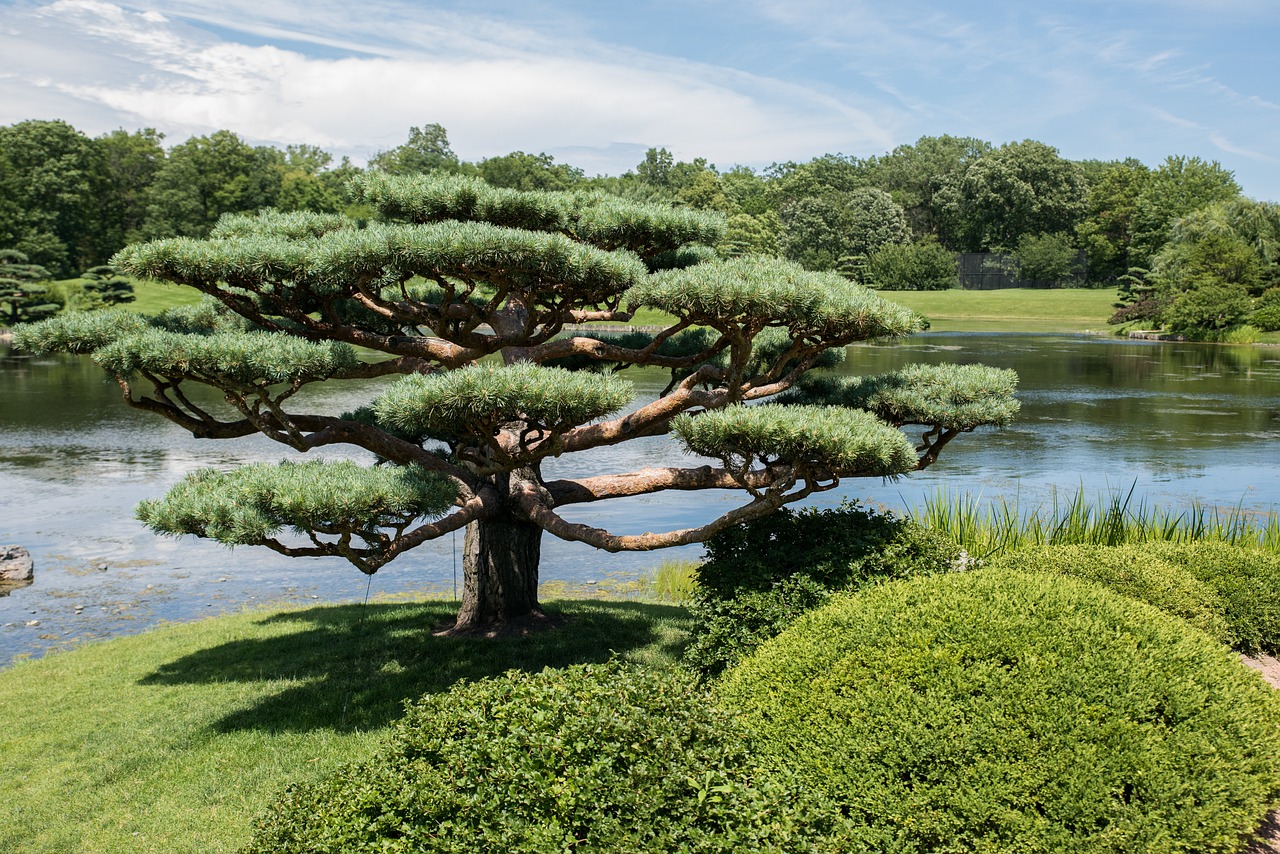
Photography and Commemoration
Photography plays a vital role in commemorating the cherished moments of Shichi-Go-San. Families often hire professional photographers to capture the children dressed in their elegant kimonos, capturing the essence of this special occasion. These photographs serve as lasting memories for both the children and their families, preserving the beauty and significance of the event for years to come. In addition to professional photography, many families also take their own photos to document the day, creating personal mementos that hold immense sentimental value.
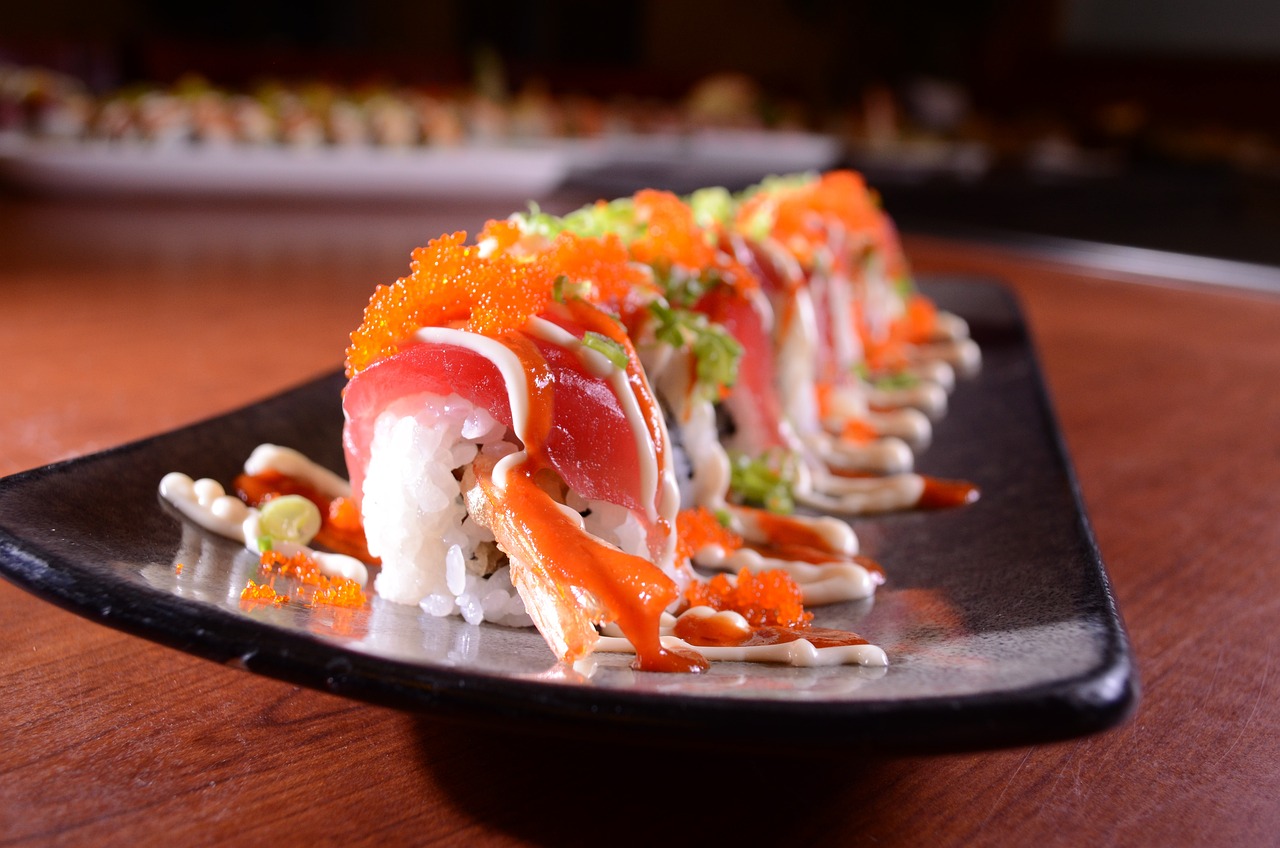
Significance and Cultural Legacy
Shichi-Go-San holds a profound significance in Japanese culture, embodying the essence of familial love and the passage of time. This traditional rite of passage celebrates the growth and well-being of children as they reach the ages of seven, five, and three, marking important milestones in their lives. The cultural legacy of Shichi-Go-San is deeply rooted in the values of respect for ancestors, gratitude for blessings, and the continuity of family traditions.
Through the centuries, Shichi-Go-San has become a cherished custom that not only honors the children but also strengthens family bonds and community ties. The rituals and ceremonies associated with Shichi-Go-San reflect the Japanese reverence for nature, spirituality, and the interconnectedness of generations. It serves as a reminder of the fleeting nature of childhood and the importance of cherishing each moment with loved ones.
The cultural legacy of Shichi-Go-San extends beyond the immediate family, shaping societal values and fostering a sense of collective identity. By preserving and passing down this tradition, Japanese communities uphold their cultural heritage and instill a sense of belonging and continuity in younger generations. The enduring significance of Shichi-Go-San lies in its ability to bridge the past, present, and future, creating a tapestry of memories and values that define Japanese society.
Frequently Asked Questions
- What is the significance of Shichi-Go-San?
Shichi-Go-San is a traditional Japanese celebration that marks the growth and well-being of children. It is a rite of passage where children aged 3, 5, and 7 years old are dressed in formal attire and taken to shrines and temples to receive blessings for their future.
- What do children wear during Shichi-Go-San?
Children typically wear elaborate kimonos during Shichi-Go-San, with boys wearing hakama (a type of traditional Japanese clothing) and girls wearing colorful furisode (long-sleeved kimonos). Accessories such as zori sandals and special hair ornaments are also worn to complete the outfit.
- Are there specific rituals associated with Shichi-Go-San?
Yes, during Shichi-Go-San, specific rituals are performed such as purification rites, prayers for health and prosperity, and the offering of rice cakes and other symbolic items at shrines and temples. These rituals vary slightly depending on the region and the family's traditions.
- How is Shichi-Go-San celebrated in different regions of Japan?
Shichi-Go-San is celebrated with regional variations across Japan. For example, in some areas, children may participate in parades or special events, while in others, the focus may be more on family gatherings and visits to local shrines and temples.
- What role does gift-giving play in Shichi-Go-San?
Gift-giving is an important aspect of Shichi-Go-San, with children receiving monetary gifts called "otoshidama" from relatives and family friends. These gifts symbolize good luck and are meant to help the children as they grow and continue their journey into adulthood.






